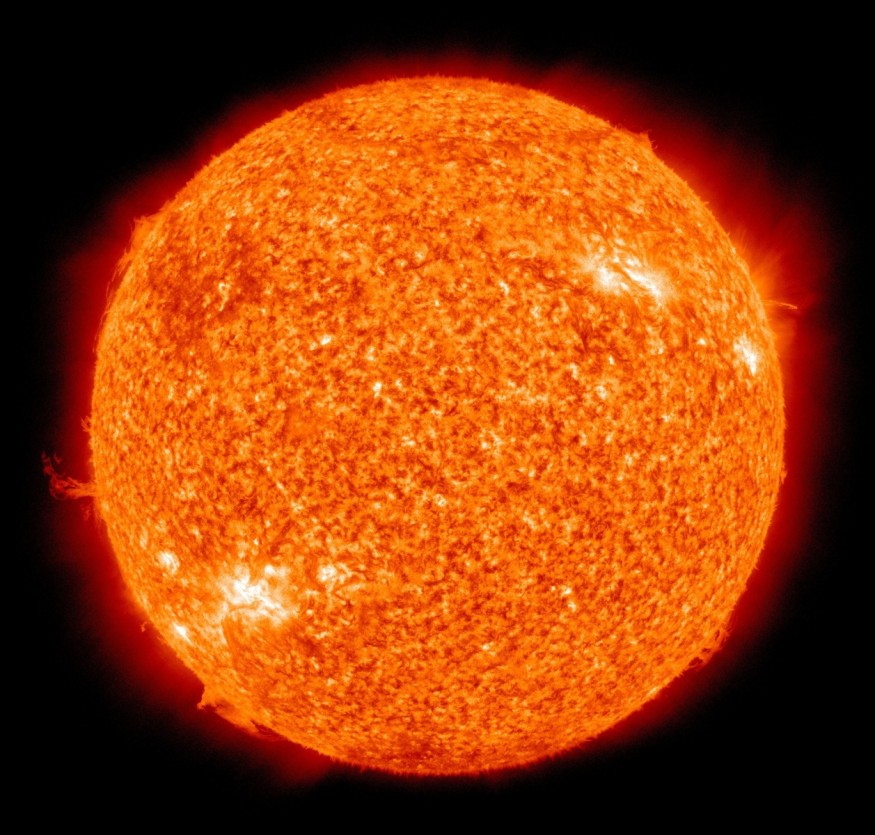According to Dominic Cummings, the government's plan for dealing with solar flares is "completely hopeless." If a significant solar flare occurs, we will be in a worse position than we are with COVID-19.
According to Boris Johnson's former principal advisor, the government's strategy to cope with solar flares is "absolutely hopeless." With the Sun's power capable of knocking out satellite technology, a massive solar flare is a matter of when not if.
Dangers of Solar Flares

The National Grid is also at risk from extreme solar flares.
Conducting rocks can conduct the energy into the Earth, overloading the National Grid and causing power outages across the United Kingdom.
Mr. Cummings criticized the government's lack of preparedness today, alleging that it lacks a culture of consulting outside experts.
Despite the fact that solar flares were included in the National Risk Assessment in 2011, Mr. Cummings told the Science and Technology and Health and Social Care Committees today that nothing is being done to prepare.
"There isn't a culture of consulting outside experts," he remarked. I'll give you an example: I was chatting to some folks recently, and one of them said, "Did you ever read the plan on solar flares?"
Hopeless Precautions

"I answered no, and they argued that if you seek some professional advice on it, you'll realize that the current government strategy is hopeless," I said.
"There isn't a culture of consulting outside experts," he remarked. I'll give you an example: I was chatting to some folks recently, and one of them said, "Did you ever read the plan on solar flares?"
"I answered no, and they argued that if you seek some professional advice on it, you'll realize that the current government strategy is hopeless, I said."
Support for Cummings

Mr. Cummings' viewpoint was echoed by experts.
"Dominic Cummings is totally accurate in highlighting that the UK's preparation for catastrophic space weather isn't good enough," Henry Dodds, CEO of risk consultancy company Drayton Tyler, told Express.co.uk.
"I sincerely hope that the Department for Business, Energy and Industrial Strategy's five-year space weather strategy, which will be released later this year, is more than simply a plan for a plan, but is also proactive and robust, with clear government duties.
"Severe space weather is a 'when, not if' occurrence, with warning durations measured in days rather than weeks, and it's not something you can avoid.
"If it occurs, Cummings said, we'll all be in a worse condition than Covid, and I believe he's correct."
Solar Flares

According to previous research, the Sun produces an intense solar flare every 25 years on average, with the last one impacting the Earth in 1989.
Because conducting rocks on Earth may transport extra energy from the magnetic shield and plow it into the national grid, there were power disruptions in Quebec, Canada, during this storm.
Furthermore, a severe solar storm can bring down satellite systems by expanding Earth's magnetosphere, making it more difficult for satellite signals to penetrate.
Read also: [UPDATE] Solar Storms: Are They Dangerous?
For more cosmic news, don't forget to follow Nature World News!
© 2025 NatureWorldNews.com All rights reserved. Do not reproduce without permission.





